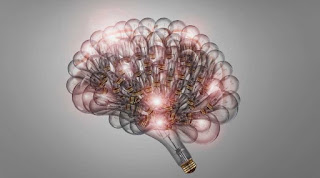Lowering blood pressure may help stave off developing dementia

For the first time in history, researchers have found medicine that can reduce the risk of memory loss and dementia in your golden years. Even better, most forms of the treatment are available in safe, inexpensive generic formulations. The twist? These drugs have been around for decades, since they're widely used to lower blood pressure and ward off heartdisease . As the population ages, the incidence of cognitive impairment and dementia has surged. One in six women over the age of 55 and 10 percent of men are expected to develop dementia before they die. Alzheimer'sdisease , the most common type, affects more than 5 million Americans and is the sixth leading cause of death in the country. And while the drug industry has spent billions of dollars trying to slow down memory loss once it begins, the efforts have been largely unsuccessful until now. The Systolic Blood Pressure Intervention Trial, or Sprint, was begun in 2010 to see if aggressively lowering blood pressu...



















